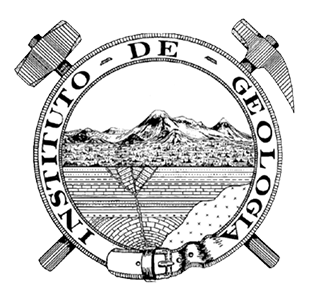Abstract
A study of fossils (plant, bivalves and vertebrates) and sedimentary deposits was undertaken in a section of the Palo Pintado Formation (Payogastilla Group, Upper Miocene), southern Salta Province, Argentina. The section consists of 1,387 m of continental fluvial deposits. On the basis of fluvial architecture analysis, the sedimentary paleoenvironment was reinterpreted and the results were related to the paleocommunities and the paleoclimate conditions in which they may have developed. On the basis of stratigraphic and sedimentological features, we introduce new paleoenvironmental interpretations: the strata are related to an intermediate class between low and high sinuosity rivers forming a wandering sand-gravel fluvial system with small lagoons. Channel and overbank deposits can be distinguished within this river system: Accumulations within channels are composed of gravels bars and sandy bedforms, whereas overbank deposits are represented by crevasse channels, small crevasse channels, and floodplain deposits. In the floodplains, lagoons and marshes can be recognized in which aquatic and marsh communities developed, whereas during the dry season, or during longer dry intervals, suggested by desiccation cracks and thin gypsum beds, savannas and grasslands would had developed. The coasts of the lakes and marshes, which intermingled with fluvial riverbeds, were inhabited by hygrophilous communities and woodland. The aquatic and marsh paleocommunities and the hygrophilic forests were stable and developed under a hot and humid, tropical to subtropical climate, which is also indicated by the development of clay mineral assemblages of illite, smectite and kaolinite. These paleoclimatic conditions occurred at a time when global climatic changes led to drier conditions and to the establishment of xeric vegetation. The paleocommunities defined for the Palo Pintado Formation contain members of various current phytogeographic provinces from northern Argentina and other South American regions, although the modern communities had not been established at that time, and the fossil ones can be considered as their predecessors.

This work is licensed under a Creative Commons Attribution-NonCommercial 4.0 International License.








